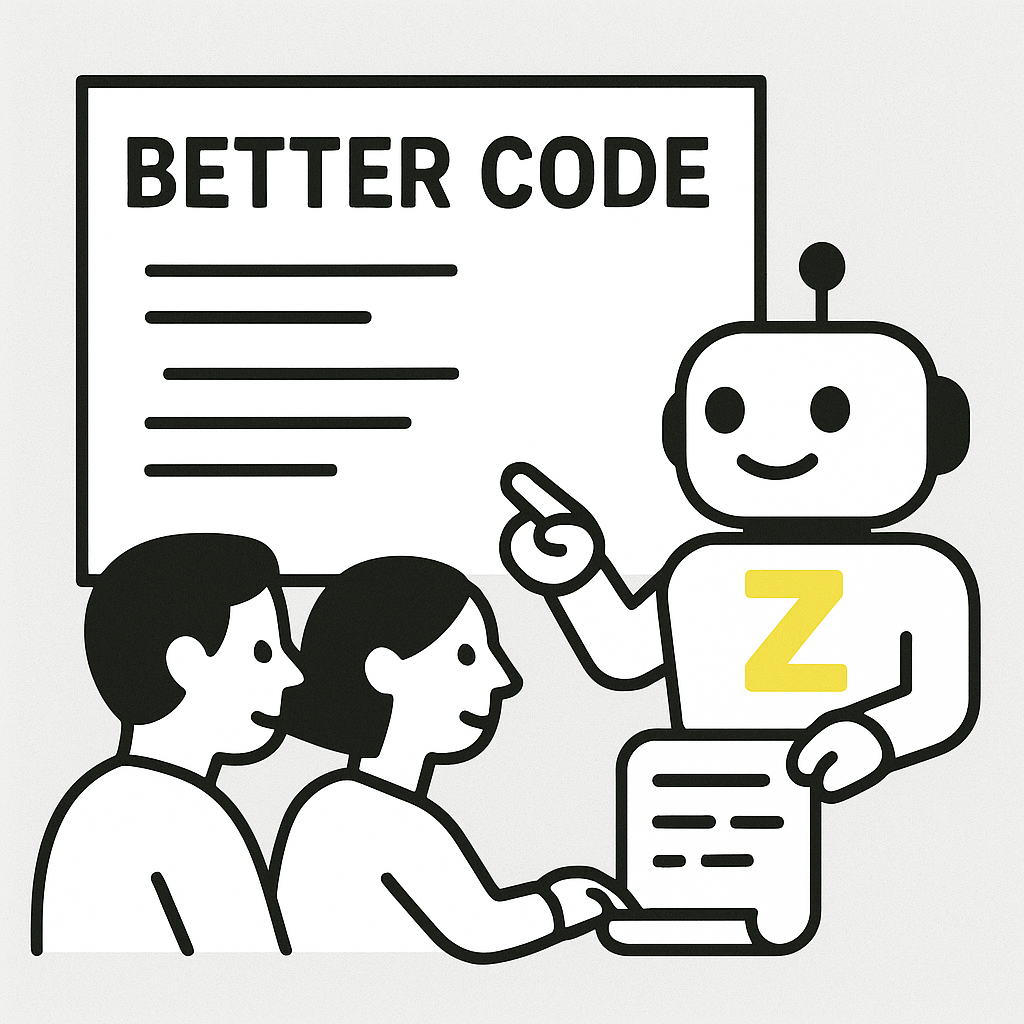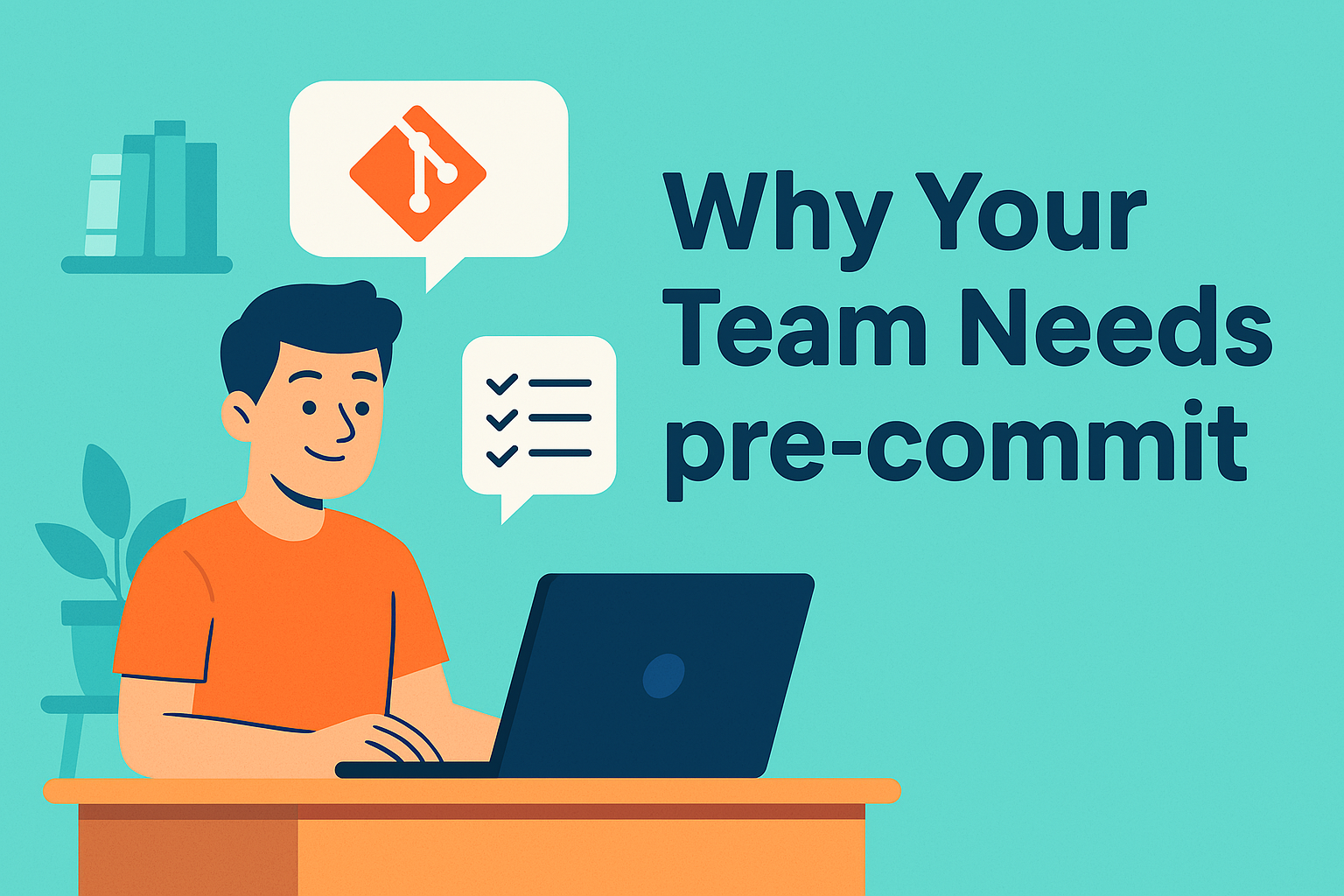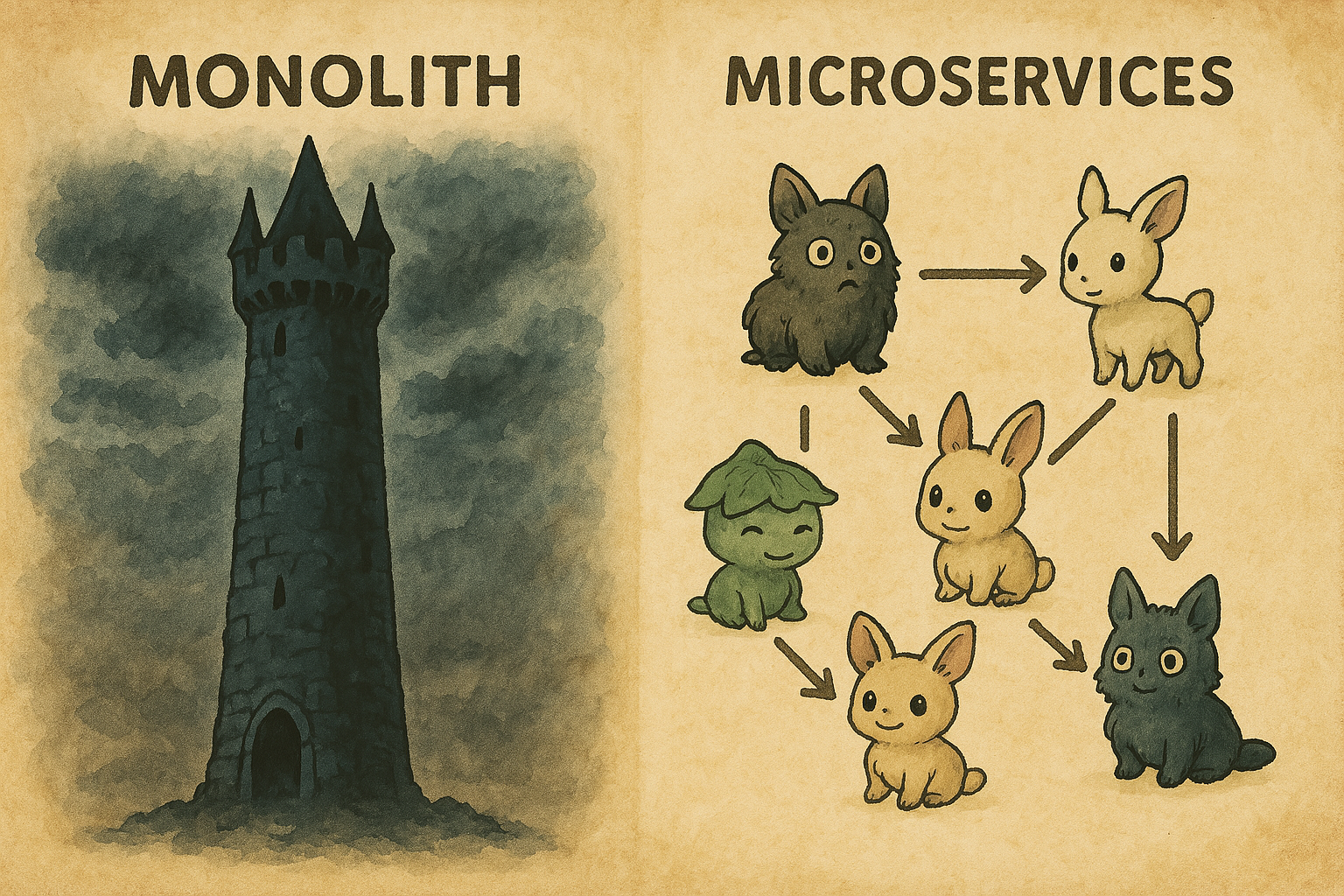
The Hidden Costs of Technical Debt: A Data-Driven Analysis
Technical debt: the accumulated shortcuts, quick fixes, and compromises that become the silent killer of software projects. Let’s dive deep into the concrete, measurable costs of tech debt, for a data-driven examination of one of the most expensive problems in software development.

Legacy Code: Defuse the Time Bomb
Legacy code that doesn’t measure up to your linting or formatting standards can lie dormant for months and then explode into a crisis. Tackling these hidden hazards isn’t just a nice-to-have, it’s essential for keeping your software delivery engine humming. In this post we’ll walk through the ways that outdated legacy code can bring your team to a halt, and show you how Zumbro, our GitHub App, offers a fast and straightforward way to get control of your legacy mess.

How Zumbro Helps Your Software Team
The Zumbro App for GitHub helps you define, apply, and enforce engineering standards right in your workflow, without adding overhead. Below are three situations where teams hit the same roadblocks, and how Zumbro can help you ship better code faster.

The pre-commit Playbook
One of the core ideas behind DevOps is "shifting left." That means moving critical checks, testing, and feedback earlier in the software development lifecycle. Pre-Commit takes that "shift left" principle and gives it teeth. By running automated checks before code gets committed, it helps teams enforce consistency, spot bugs early, and maintain high standards. Check it out:

Teach Your AI Agent to Write Python Logs Like a Pro
Last week we made the case for why logging is the DevOps superpower that gives you X-ray vision into your systems. What if you are using AI Agents to write your Python code? Just like we train junior developers to build habits that lead to better software, we need to guide our AI Agents to log their code in smart, structured, and consistent ways.

How to Keep Your Python Code Standard
If you've opened a Python file only to find cryptic code, you already know why “standard Python” matters. But what is standard Python? Who decides what counts as “standard”? And how can you set and enforce engineering standards for your team around standard Python? Let’s talk standards, and why they can help you and your team.

Why Your Team Needs pre-commit
It’s easy to overlook pre-commit when you’re already using GitHub and have a continuous integration pipeline. Why add complexity? In fact, when used well, pre-commit can be the simplest and most effective way to eliminate bugs, style issues, and config drift before they even enter your Git history. pre-commit helps shift quality left, right into your fingertips as you write and commit code.

Why Linters Hate Unused Imports
If you’ve been writing Python code for long, you’ve run into one of the many tools that want to clean up your files. And you’ve probably noticed that they all want to delete unused imports. This might seem a little nitpicky, but there are good reasons to nuke unused imports. And while it starts with clean code, the reasons don’t end there.

X-Ray Vision: Logging in Python
When you implement Python logging in a systematic way, it’s like having X-ray vision into your application. You’ll see exactly what’s going on and gain the power to spot issues before they become showstoppers. Let’s dive in.

The Elephant in the Room: Dealing with Legacy Code
It’s easy to think of legacy code as something ancient and untouchable, written by long-gone developers in a forgotten dialect of JavaScript. But the truth is more complicated. Legacy code is just code that’s still running your systems, even though it no longer meets your team's standards. So what do you do with it?

The Goldilocks Pull Request
A Pull Request should be focused. It should do one thing well: fix a bug, add a feature, or refactor a specific part of the code. This helps reviewers follow what changed and why, help CI tools test your changes, and help your future self understand the changes. Your PR should appeal to Goldilocks: not too large, and not too small.

How Code Reviews Should Work
The best code reviews feel like collaboration, not judgment. They’re an opportunity to ask questions, learn, and improve as a team. When the small stuff is already taken care of, there’s space for that conversation to happen. Caparra is building tools to make this easier for your team.

Python Linter Showdown
Python Linter Showdown! It’s time for a spirited comparison of four popular Python linters: black, flake8, pylint, and ruff. Each tool promises to tidy up your code, catch pesky bugs, and keep your scripts neat. Our contestants today will face off on three files containing some not-so-great Python. Get ready to witness our code-based house of horror!

Microservices and DevOps: A Perfect Match
If you're a developer exploring ways to improve your codebase and simplify your life, you've likely heard the term "microservices." It's one of those buzzwords you might nod along with but never get around to exploring in depth. Let’s take a closer look at what microservice architecture really means, why it's valuable, and how to get started without getting overwhelmed.

Clean Commits from the Start with pre-commit
Have you ever run git commit, only to realize later that you forgot to fix a small error? If so, you know that tiny missteps can quickly add up to big hassles for your entire team. That is why a simple tool called pre-commit can be so helpful. It automatically runs checks, linters, and other automated routines right before you commit your code.

Sort It Out: How isort Makes Python Better
When working with Python, keeping your code clean and organized is essential. You may have heard of isort, a handy tool that automatically sorts your Python imports. Keeping your import statements sorted is a simple step that is deceptively powerful, and we’ll talk about how adding isort to your Python workflows can save you hours and hours of time debugging your code. If only every part of coding was this easy!

Intro to Linters in Python: Clean and Bug-Free Code
Writing clean, error-free code is a lot easier when you have a little help. That’s where linters come in. In this post, we’ll introduce you to linters for Python, and walk through what they are, how to use them, where they came from, and why they’re so useful. We’ll also show a simple Python linting example, and cover how to integrate linters into different environments, from your local editor to CI/CD pipelines. Finally, we’ll recommend the best Python linter for beginners. Let’s get started!

Deployment Frequency: The Key to High-Performing DevOps
To measure DevOps success, Deployment Frequency is a critical yardstick. It is one of the four DORA (DevOps Research and Assessment) Metrics that measure software delivery performance. The more frequently an organization can successfully deploy code to production, the more agile and responsive it can be to changing market demands, customer needs, and security challenges.

The Change Failure Rate Playbook
In the world of DevOps, metrics are signposts that guide engineering teams toward better practices and improved software delivery. One of the critical metrics defined by the DevOps Research and Assessment (DORA) group is the Change Failure Rate (CFR). This metric measures the percentage of deployments that result in a failure in production, providing a clear indicator of the stability and reliability of software releases.

Understanding Mean Time to Recovery
When thinking about software reliability, the intuitive approach might be to aim for "zero failures." While this sounds good on paper, it often leads to paralysis by analysis. Instead of striving for an unrealistic ideal of no failures, focus on how quickly and effectively you can recover when things go wrong. This is where mean time to recovery (MTTR) shines as a practical and motivating metric.